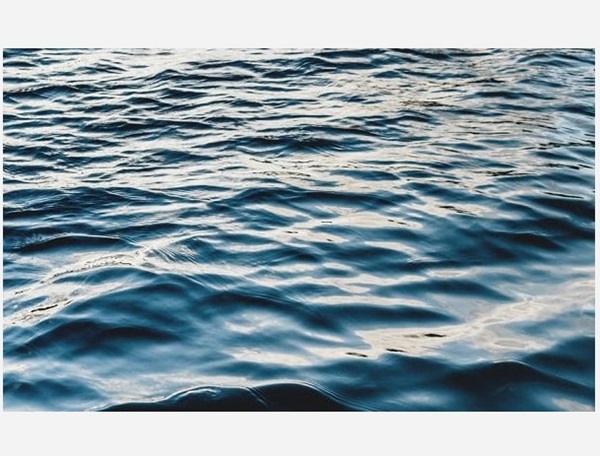BALTIMORE, MD—The Chesapeake Bay Program this week released new data that shows the underwater grass population in the bay remained steady in 2023. This is a key indicator of water quality and habitat health.
According to the data, the total amount of underwater grass in the bay was 82,937 acres. This is a 7% increase from 2022. All or part of four rivers in the bay surpassed their restoration goals. The Northeast River is at 109%, the Upper Chester River is at 432%, the Honga River is at 138%, and the Wicomico River is at 270%. The Northern Chesapeake Bay, which includes the Susquehanna Flats, reached 86%, and the Bush River reached 83%. Mattawoman Creek reached 98%. These results show that the restoration efforts are working, and the Chesapeake Bay is recovering.
Underwater grass plays a critical role in maintaining the health of the Chesapeake Bay ecosystem. It helps to filter out nutrients and sediment, reduce shoreline erosion, and provide habitat and protection for important species. It also supports and sustains migrating waterfowl and helps to mitigate climate impacts. The annual survey was conducted by the Virginia Institute of Marine Science between May and November 2023. While the acreage falls short of Maryland’s restoration goal of 79,800 acres, the loss of freshwater grasses in the upper Bay was offset by an equally significant expansion of brackish water grasses in the mid- and lower portions of the bay.
The loss of freshwater grasses did not extend to the iconic Susquehanna Flats grass beds, which continued to expand and now cover over 11,000 acres. Grass beds in the mid-Bay were bolstered by the continued expansion of Sago pondweed, a species that doesn’t get much attention in the grand scheme of Chesapeake Bay SAV dynamics. According to observations made by Bay scientists and data collected by Chesapeake SAV Watchers volunteers, Sago pondweed is possibly the most abundant species in several Maryland rivers on both the eastern and western shores, including the Severn and Choptank Rivers, and Eastern Bay. Further south and into slightly saltier water, widgeon grass continued to recover from major losses in 2019. Both widgeon grass and eelgrass (Zostera marina) are common in Tangier Sound, where grass beds gained 1,285 acres of SAV between 2022 and 2023.
This article was written with the assistance of AI and reviewed by a human editor.
Photo by Jonathan Borba from Pexels
Do you value local journalism? Support NottinghamMD.com today.

